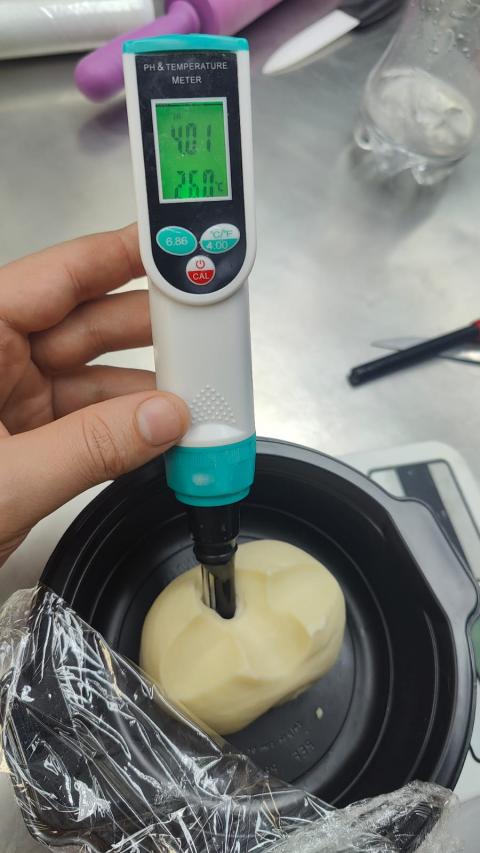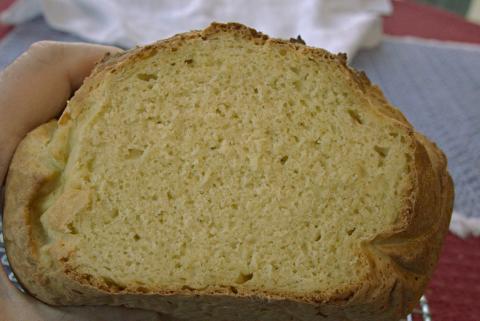
Uzbek Bread

Uzbek breads are fascinating. There is a large variety, mostly yeasted flatbreads, but one of the best known is called "non" or a number of variations of it (related to the Indian "naan") and has the form of a disk with a thin central portion usually docked with decorative stamps. There are quite a few videos of how these breads are made and it's worth watching a few of them. The craftsmanship and skill of the bakers is remarkable.
I have tried my hand at making this kind of bread a few times, but it's never been very satisfactory. For one thing, all the articles say you can dock with a fork instead of a proper bread stamp, but my fork holes always closed up, leading to undesired ballooning where the bread was supposed to be flat. Also, it was hard to understand what hydration to use - basically, how sticky or dry the dough should be.
I just received my bread stamp, straight from Uzbekistan, and here is the first result. I think it's actually pretty good. In the pictures, note that I slashed half the perimeter with vertical slashes. Some styles slash the rim, some don't, so I tried it on half to see which I like. I liked the slashes.
This yeasted bread used 200g of flour, of which 20% was graham flour and the rest Gold Medal AP.
The dough is a straight yeasted dough of about 60% hydration, fermented in two stages, After proofing, the dough was stretched out into a disk much as you would a pizza shell, pressing with the fingers and doing some stretching around the perimeter. In most bakeries I've seen videos of, the bakers use a special wooden tool to compress the center. This can be roughly approximated by the back of a soup ladle, though it's not as good. When the the center has been compressed and the rim worked into a more definite shape, the center is docked using the bread stamp.
Usually these breads are coated with seeds and sometimes are given a wash (egg, milk, or oil seem to be common) before baking, but for this first try I didn't do either.
Traditionally these breads are baked in a tandoor oven - there are many variations on the spelling and pronunciation but they all seem closely related to the familiar Indian word. I baked my bread in a conventional US oven on a baking steel at 450 deg F/232C with initial steam for 15 minutes.
The crust came out only slightly crusty - maybe it should have been baked longer?. The crumb is moderately open, soft and chewy. The whole wheat flavor of the graham flour comes through but not aggressively. Two of us ate around half or more of this bread with dinner, with a dish of olive oil for dipping.
This project was a lot of fun.
TomP


















